Siberian Larch
- November 29, 2023
- 0 comment
Siberian Larch, scientifically known as Larix sibirica, is a deciduous coniferous tree native to the vast and rugged landscapes of Siberia, Russia. Renowned for its remarkable adaptability to harsh climates, this resilient tree thrives in cold and challenging environments, making it a vital component of northern boreal forests. The Siberian Larch is easily identifiable by its slender, straight trunk and its distinctive light green needles that turn a golden-yellow hue in the fall before shedding.
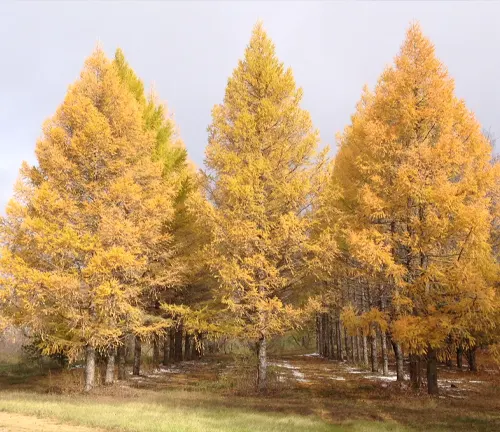
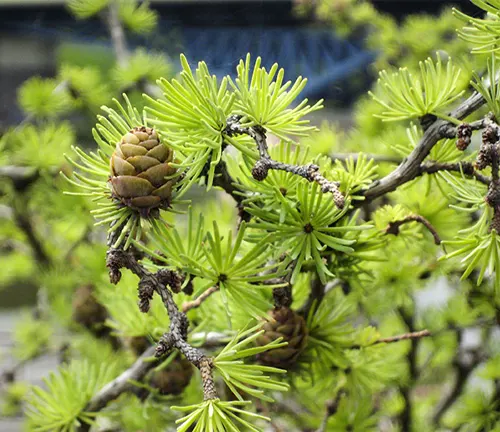
Beyond its aesthetic appeal, the wood of the Siberian Larch is highly valued for its durability and resistance to decay, making it a popular choice in construction and outdoor applications. The timber is prized for its natural resistance to insects and rot, making it a preferred material for decking, siding, and other outdoor structures.
Additionally, Siberian Larch has gained attention in recent years for its sustainable characteristics, as it is known to sequester carbon efficiently, contributing to its appeal in environmentally conscious forestry practices. This hardy and versatile tree, with its ability to withstand extreme climates while providing valuable resources, underscores the importance of Siberian Larch in both ecological and economic contexts.
| Characteristic | Details |
|---|---|
| Scientific Name | Larix sibirica |
| Native Region | Siberia, Russia |
| Foliage | Deciduous, light green needles |
| Fall Color | Golden-yellow |
| Trunk | Straight and slender |
| Wood Durability | Highly durable, resistant to decay |
| Wood Use | Popular in construction, decking, and siding |
| Resistance | Resistant to insects and rot |
| Climate Adaptability | Thrives in cold climates, resilient to harsh conditions |
| Environmental Impact | Efficient carbon sequestration |
| Economic Importance | Valuable resource in forestry and construction |
| Sustainability | Gains attention for eco-friendly forestry practices |
Botanical Beauty of Siberian Larch
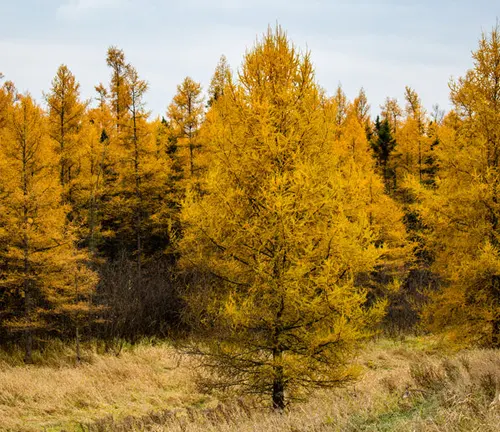
Siberian Larch, scientifically known as Larix sibirica, stands as a testament to the botanical beauty found in the vast and rugged landscapes of Siberia, Russia. This deciduous coniferous tree captures the eye with its slender and straight trunk, crowned by light green needles that transform into a breathtaking golden-yellow spectacle in the fall. The aesthetic allure of Siberian Larch makes it a standout species in northern boreal forests, contributing to the rich tapestry of the region’s natural beauty.
Woodland Elegance
Beyond its visual appeal, Siberian Larch exudes a woodland elegance that extends to its wood. Highly prized for its durability and resistance to decay, the timber from Siberian Larch has become a favored choice in construction and outdoor applications. The wood’s straight grain and distinctive color add a touch of sophistication to various structures, embodying the elegance that nature has bestowed upon this hardy tree.
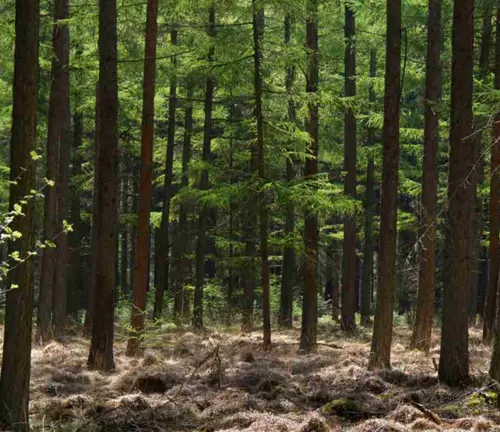
Ecological Importance
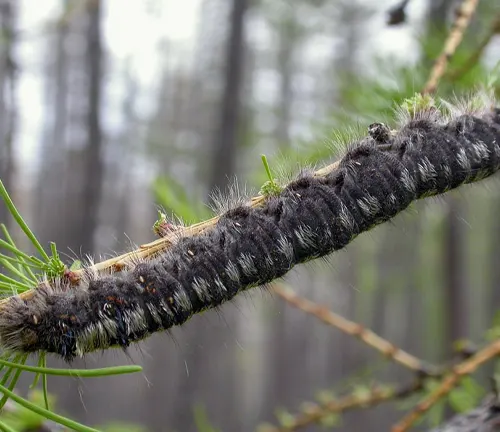
Siberian Larch holds a crucial role in the ecological balance of its native habitats. Thriving in cold and challenging environments, this resilient species contributes to the biodiversity of northern boreal forests. Its ability to withstand harsh climates and efficiently sequester carbon underscores its ecological importance, making it a key player in sustainable forestry practices and climate mitigation efforts.
Cultivation and Conservation
Cultivating Siberian Larch requires an understanding of its natural habitat and preferences. Conservation efforts are vital to preserving this species, ensuring that its unique characteristics and ecological contributions endure. Initiatives aimed at responsible forestry practices and habitat preservation play a crucial role in safeguarding Siberian Larch for future generations.
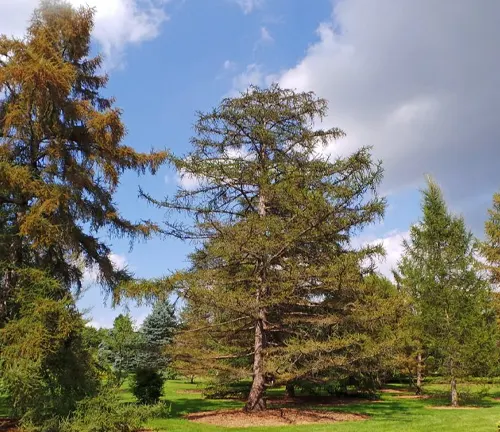
Fragrance
One cannot overlook the delightful fragrance that Siberian Larch adds to the natural symphony of its surroundings. The scent of the tree, especially in warmer seasons, is a sensory experience that enhances the overall appeal of the forest ecosystem. This aromatic quality further contributes to the tree’s allure and appreciation by those who encounter it.
Soil Stabilization
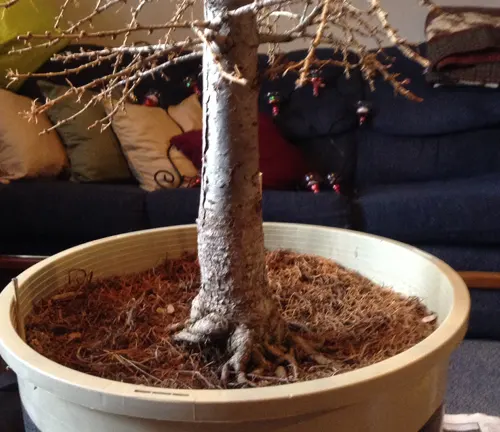
Siberian Larch goes beyond mere aesthetic and olfactory contributions; its extensive root system aids in soil stabilization. The tree’s roots help prevent erosion, making it a valuable asset in areas with challenging terrain. This soil-stabilizing characteristic adds a practical dimension to its ecological impact, showcasing the tree’s multifaceted significance.
Common Uses
The versatility of Siberian Larch extends to its common uses, ranging from construction to outdoor structures. The wood’s resistance to insects and rot makes it an ideal choice for decking, siding, and other applications where durability is paramount. Its widespread use is a testament to the practical benefits that accompany its inherent beauty.
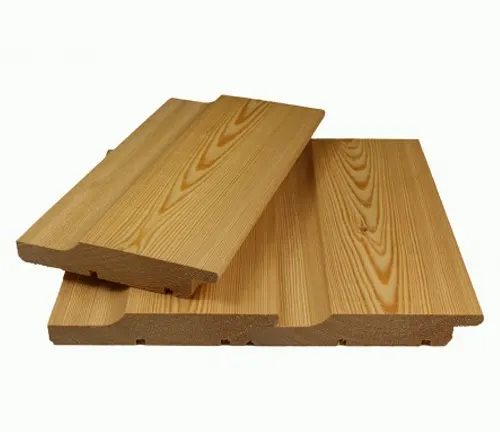
Benefits
The benefits of Siberian Larch extend beyond its visual and utilitarian aspects. From its ecological contributions to its economic value, this remarkable tree offers a myriad of advantages. Sustainable harvesting practices not only ensure a steady supply of quality timber but also support the health of the ecosystems where Siberian Larch thrives, emphasizing the interconnected relationship between humans and nature. The enduring beauty and benefits of Siberian Larch serve as a reminder of the invaluable treasures found within our natural world.
Different Species
European Larch
(Larix decidua)
Native to Europe, the European Larch is one of the most widely distributed larch species. It shares similarities with Siberian Larch but has some differences in its characteristics and habitat.
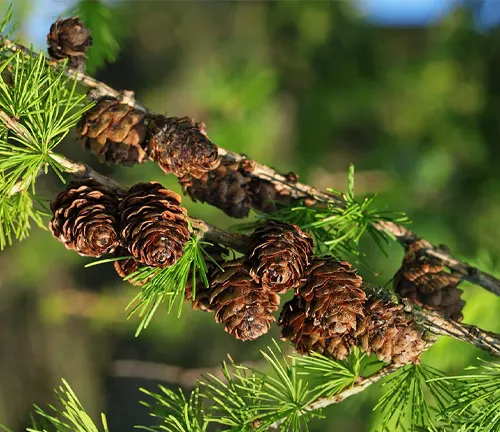
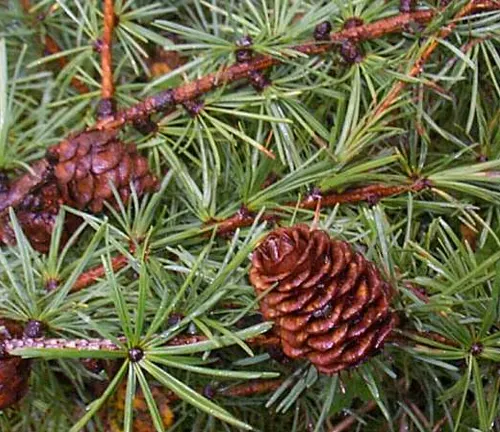
Japanese Larch
(Larix kaempferi)
Indigenous to Japan, the Japanese Larch is another member of the Larix genus. It is known for its fast growth and adaptability to various climates.
Western Larch
(Larix occidentalis)
Found in western North America, the Western Larch is a large deciduous conifer with needles that turn golden-yellow in the fall. It is valued for its timber and is also known as the Western Tamarack.
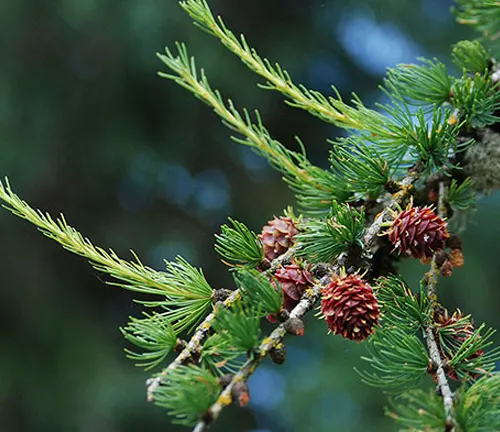
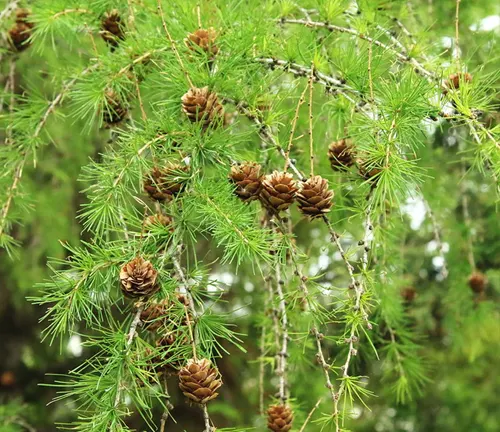
Dahurian Larch
(Larix gmelinii)
Native to eastern Russia and parts of Asia, the Dahurian Larch is closely related to the Siberian Larch. It is adapted to cold climates and is a key species in Siberian and Far Eastern forests.
Tamarack
(Larix laricina)
Commonly found in North America, Tamarack is a deciduous larch species with needles that turn golden-yellow in the fall. It is well-adapted to wetland environments.
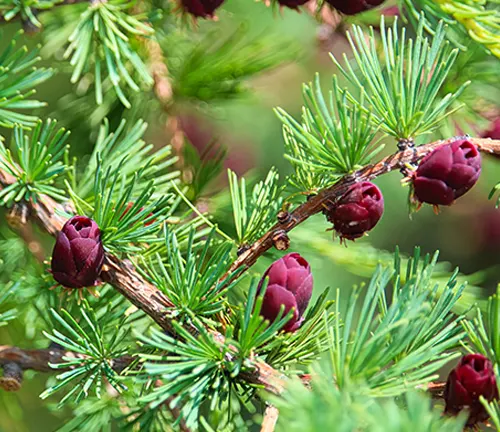
Frequently Asked Questions (FAQs)
- What is Siberian Larch?
Siberian Larch is a deciduous coniferous tree native to Siberia, Russia, known for its slender trunk, light green needles, and golden-yellow fall color. It is valued for its wood properties and adaptability to harsh climates. - What are the key characteristics of Siberian Larch?
Siberian Larch is characterized by its straight trunk, light green needles that turn golden-yellow in the fall, and durable wood that is resistant to decay and insects. - Where is Siberian Larch found?
Siberian Larch is primarily found in Siberia, Russia, thriving in cold and challenging environments. It is a prominent species in northern boreal forests. - What are the ecological benefits of Siberian Larch?
Siberian Larch contributes to biodiversity, carbon sequestration, and soil stabilization. Its resilience makes it an important species in sustainable forestry practices. - How is Siberian Larch cultivated?
Cultivation involves understanding its native habitat, preferences, and implementing responsible forestry practices. Conservation efforts are essential for preserving this species. - What are the common uses of Siberian Larch wood?
Siberian Larch wood is commonly used in construction, decking, siding, and outdoor structures due to its durability and resistance to decay. It is also valued for its aesthetic qualities. - Is Siberian Larch environmentally friendly?
Yes, Siberian Larch is considered environmentally friendly. It efficiently sequesters carbon and plays a role in sustainable forestry practices. - How does Siberian Larch contribute to soil stabilization?
The extensive root system of Siberian Larch helps prevent soil erosion, making it valuable in stabilizing soil in challenging terrains. - Are there different species of Larch?
Yes, there are several larch species, and Siberian Larch (Larix sibirica) is one of them. Other examples include European Larch, Japanese Larch, Western Larch, Dahurian Larch, and Tamarack. - What is the fragrance of Siberian Larch like?
Siberian Larch emits a delightful fragrance, particularly in warmer seasons, contributing to the sensory experience of its natural surroundings.


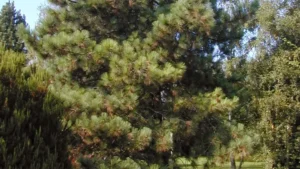

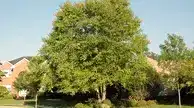

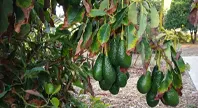





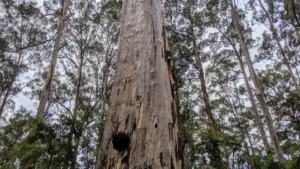
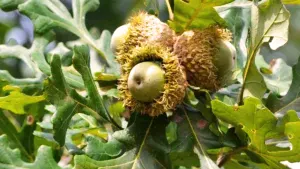
Leave your comment